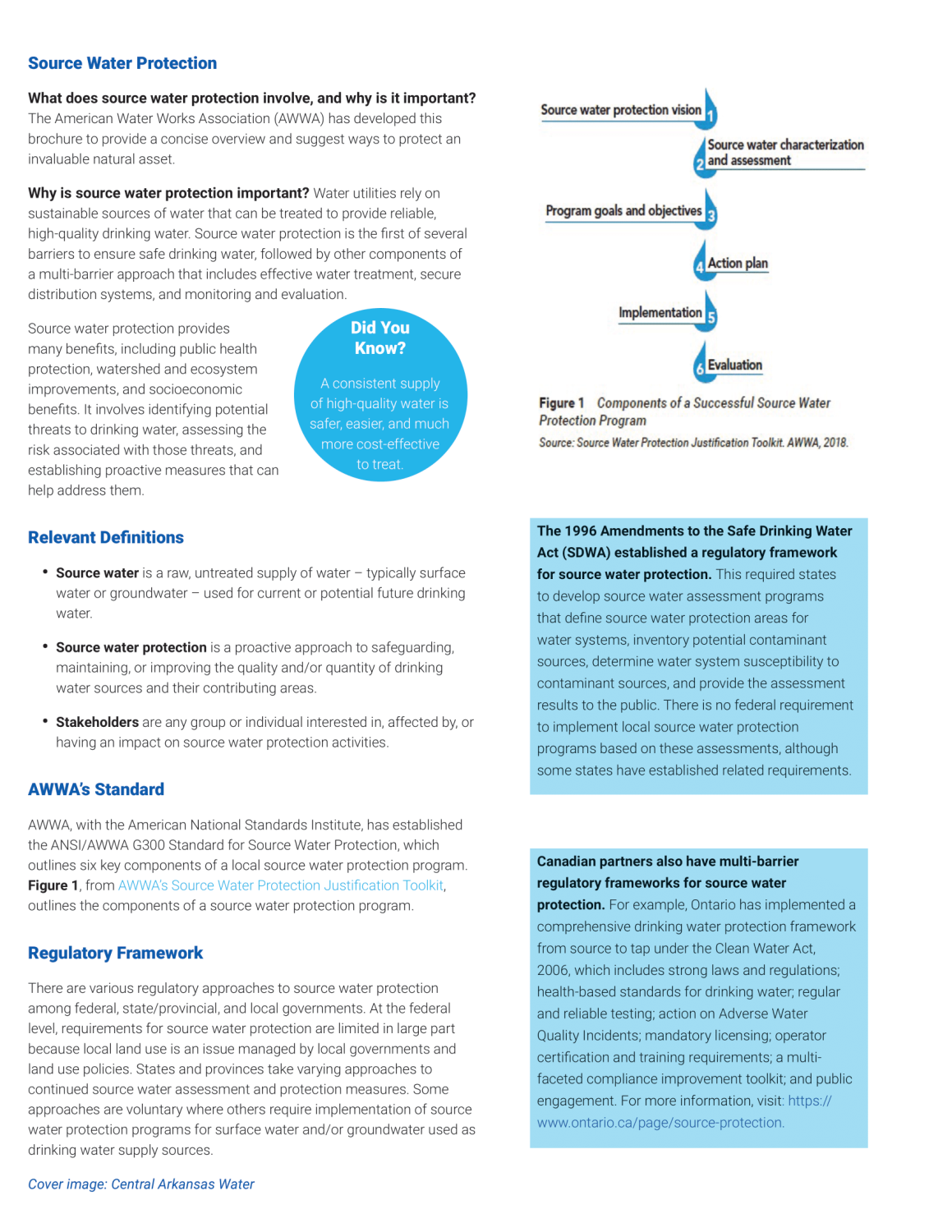Stormwater Management is any plan or program implemented to maintain the quality and quantity of stormwater runoff to pre-development levels.
The City of Cuyahoga Falls continues to focus on resolving existing community flooding, erosion, and water quality problems and works to address the impact of current and future development in the city through city-wide and regional watershed stormwater management. This allows the city to consolidate resources and partner with overlapping communities that share the watershed.
New Development
All new developments must comply with city codes and regulations including the City of Cuyahoga Falls Development Code. Commercial developments over one acre must also meet Ohio EPA and Summit County Soil and Water Conservation District regulations.
Additional Resources
Stormwater Inspections
In 2004, the city began offering residential inspections in accordance with ordinances 141-2004 and 142-2004; to identify and eliminate sources of clean water entering the sanitary sewer system. This inflow and infiltration of clean water into the sanitary system can cause basement backups during heavy rain events. To find out more about Stormwater inspection, visit the Stormwater Inspection program page.
Septic Tank Owners
If your septic tank isn't functioning properly, septic wastes can leach out and drain into our streams and lakes, carrying waste products and bacteria, like E.Coli, right into our surface waters. According to an Ohio EPA study, Summit County lakes and streams have large amounts of E.Coli bacteria in them, which can cause humans and animals to get sick. Please take the time to complete this survey from our partners, the Summit Soil and Water Conservation District, so they can determine how to provide you with the information you need to help solve the septic waste problem. Summit Soil and Water Conservation District places all survey takers into a drawing for a free rain barrel.
Education
The most important component of Stormwater Management is public education, because storm runoff begins with individual landowners.

Stormwater runoff occurs when precipitation from rain or snowmelt flows over the ground. Impervious surfaces like rooftops, driveways, sidewalks, and streets prevent stormwater from naturally soaking into the ground.
Each of us lives downstream from someone els,e and we are all affected by the quantity and quality of stormwater runoff. Homeowners are responsible for managing stormwater and its effects on personal property.
This educational information is designed to responsibly and effectively address storm runoff and to minimize the impact on our neighbors' and our own homes.

Educational Resources
- Environmental Protection Agency
- Stormville Interactive Education Module
- Summit County Public Health
- Summit Soil & Water Conservation District
Please call the Stormwater department with questions or for more information on this important management system.
